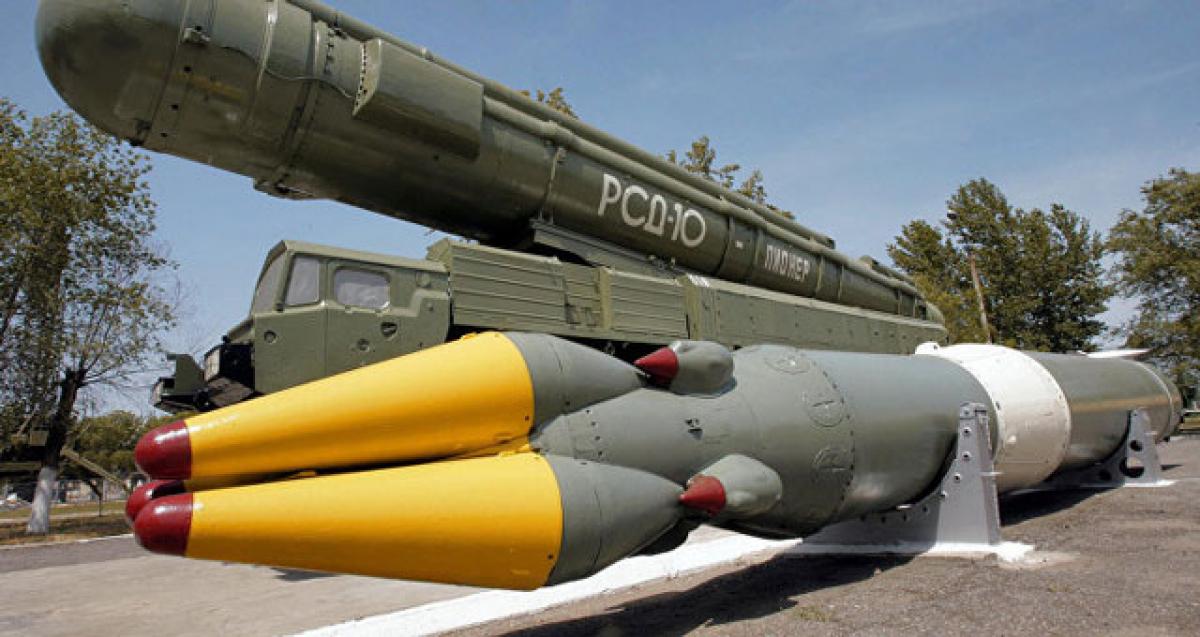Just In

Moscow would respond if the US pulled out of the Intermediate-Range Nuclear Forces Treaty (INF), a senior Russian senator Konstantin Kosachev, head of the upper house Committee for International Relations, said following a media report on Washington’s possible withdrawal from the nuclear arms control deal.
Moscow would respond if the US pulled out of the Intermediate-Range Nuclear Forces Treaty (INF), a senior Russian senator Konstantin Kosachev, head of the upper house Committee for International Relations, said following a media report on Washington’s possible withdrawal from the nuclear arms control deal. Moscow says that the US drone program, the target missiles for testing ABM technology, and the placement of a naval vertical launch system as part of the AEGIS Ashore shield in Eastern Europe are all in violation of the INF, RT.com.
The Intermediate-Range Nuclear Forces Treaty (INF Treaty) is the abbreviated name of the “Treaty Between the United States of America and the Union of Soviet Socialist Republics on the Elimination of Their Intermediate-Range and Shorter-Range Missiles,” a 1987 agreement between the United States and the Soviet Union (and later its successor states, in particular the Russian Federation). Signed in Washington, D.C., by President Ronald Reagan and Soviet leader Mikhail Gorbachev on 8 December 1987, the treaty came into force on 1 June 1988.
The INF Treaty eliminated all nuclear and conventional missiles, as well as their launchers, with ranges of 500–1,000 kilometers (310–620 mi) (short-range) and 1,000–5,500 km (620–3,420 mi) (intermediate-range). The treaty did not cover sea-launched missiles. By May 1991, 2,692 missiles were eliminated, followed by 10 years of on-site verification inspections, according to Wikipedia. The treaty marked the first time the superpowers had agreed to reduce their nuclear arsenals, eliminate an entire category of nuclear weapons, and utilize extensive on-site inspections for verification.
As a result of the INF Treaty, the United States and the Soviet Union destroyed a total of 2,692 short-, medium-, and intermediate-range missiles by the treaty's implementation deadline of June 1, 1991. The United States first alleged in July 2014 that Russia is in violation of its INF Treaty obligations “not to possess, produce, or flight-test” a ground-launched cruise missile having a range of 500 to 5,500 kilometers or “to possess or produce launchers of such missiles,” reports armscontrol.org

© 2024 Hyderabad Media House Limited/The Hans India. All rights reserved. Powered by hocalwire.com







